
Spraying or fogging your yard for mosquitoes also kills beneficial insects, including important insect pollinators and dragonflies, which are mosquito predators. Knocking out all insects also destroys the natural food web and food sources for many other animals such as birds that may otherwise have visited your yard. Overspray carries this effect into your neighbors yards as well. Since mosquitoes are weak fliers, eliminating their breeding sites in your own yard will have a great impact on local population levels. Find all sources of standing water and either empty them or use Bti dunks to kill the larvae. Fans and sprays made with essential oils are also effective at keeping adults away. Set out Bti traps to keep populations low by luring females to lay eggs where they won’t survive.
See more ideas from the National Wildlife Federation at nwf.org.
Photo by Susan O'Donnell


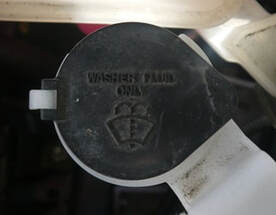
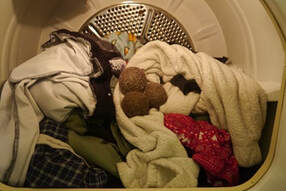
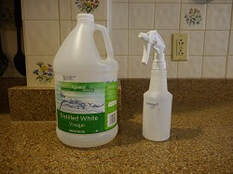

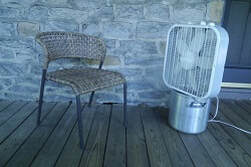
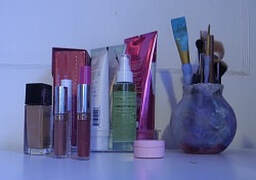
 RSS Feed
RSS Feed